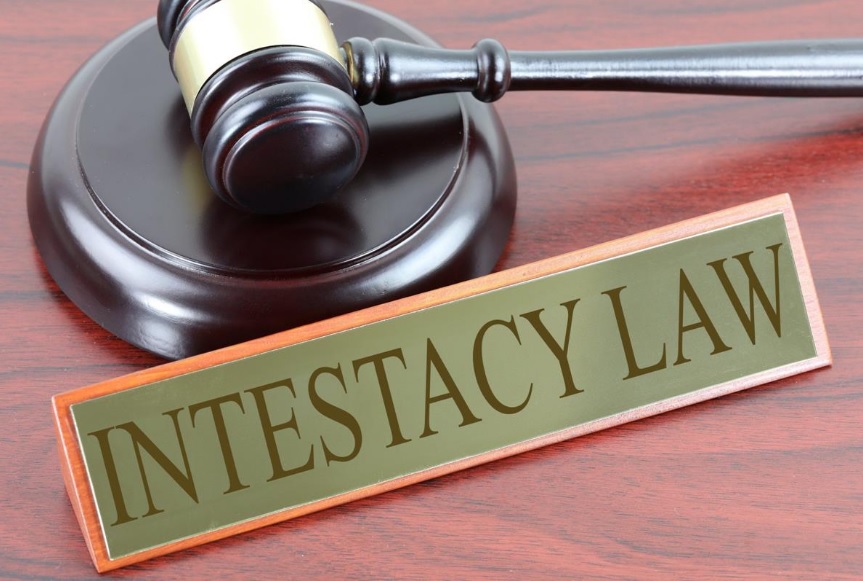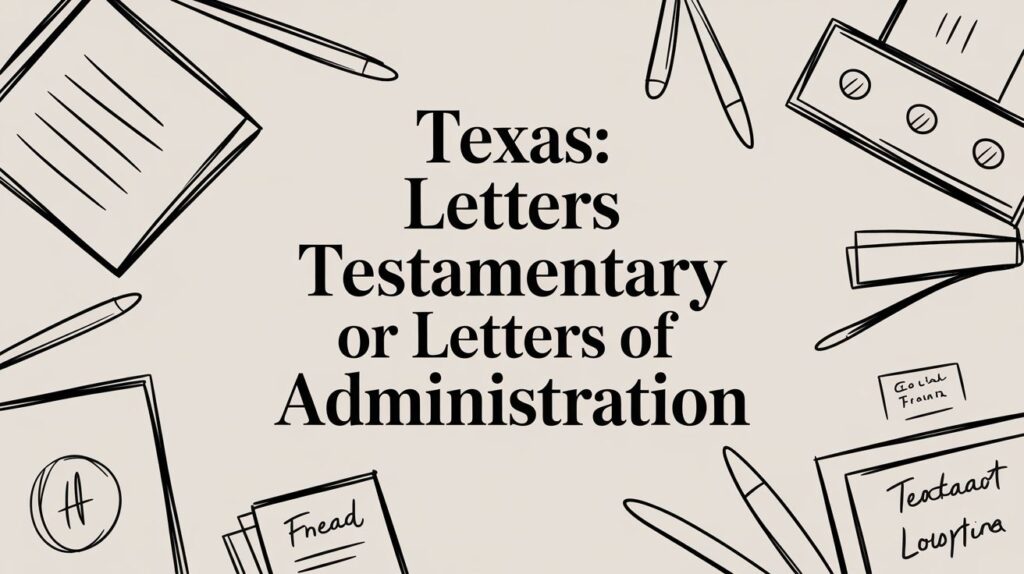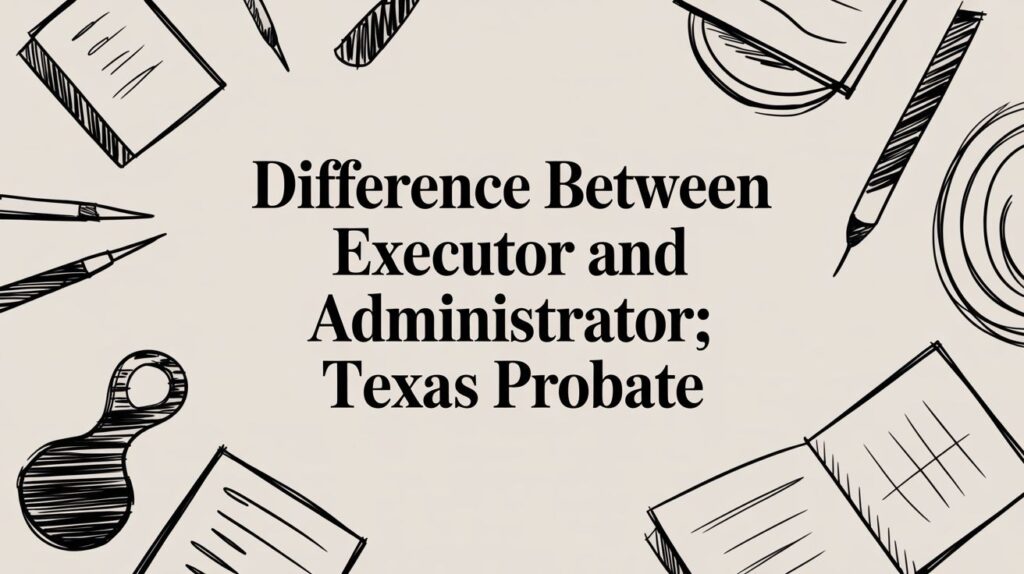When someone passes away without a will, confusion often follows. Who gets what? Who takes charge of the estate? What does the law actually say? That’s where intestacy laws and probate court come into play. If you’re dealing with the estate of someone who died without a will, then understanding the steps to resolve intestacy in probate becomes absolutely crucial. It’s not just about paperwork—it’s about protecting rights, honoring relationships, and keeping things from spiraling into conflict.
This guide breaks down the steps to resolve intestacy in probate, walking you through every stage of the process. We’ll use real-life stories, plain English, and a bit of humor to make a complicated topic not only digestible—but genuinely useful. Whether you’re an overwhelmed family member, a newly appointed administrator, or someone who just wants to be prepared, this article has something for you.

What Is Intestacy and Why Does It Matter?
When There’s No Will, the State Steps In
Intestacy simply means someone died without a valid will. When that happens, the estate goes through probate, but instead of distributing assets according to the deceased’s wishes (because those wishes were never written down), the court follows the state’s default laws of succession.
These laws, known as intestate succession, determine who inherits what based on familial relationships. Every state has its own rules, but the general hierarchy goes something like this:
- Spouse
- Children
- Parents
- Siblings
- Extended family
Understanding the steps to resolve intestacy in probate requires knowing how this legal default works—and why failing to plan can lead to unintended outcomes.
Real-Life Example: When Mom Didn’t Leave a Will
Consider this: Denise, a 45-year-old nurse in Austin, passes away suddenly. She was unmarried, had two adult children, and no will. Her adult son, Marcus, assumed everything would go to him and his sister—but then their aunt claimed she was entitled to part of the house Denise left behind.
Because Denise died intestate, the court had to follow Texas’s intestacy laws, not family assumptions. It turned out the aunt had no legal claim, but it took months of court dates and thousands in legal fees to sort things out.
The lesson? When there’s no will, things get messy fast. And unless you understand the steps to resolve intestacy in probate, you might not even realize what’s coming.
Step 1: Open a Probate Case
Where the Legal Journey Begins
The very first of the steps to resolve intestacy in probate is to open a probate case in the county where the deceased lived. This involves:
- Filing a petition with the probate court
- Providing a death certificate
- Listing known heirs and assets
- Requesting appointment of an administrator
This step officially starts the legal process and brings the estate under court supervision. Unlike executors (named in a will), administrators are court-appointed and must be approved before they can act.
If no one steps forward, the court may assign someone—usually a close relative. And trust us, it’s better if someone who knew the deceased steps up, because the alternative is often a court-appointed stranger with no emotional investment.
Step 2: Notify All Interested Parties
Everyone Gets a Say
Once a probate case is opened, the administrator (or their attorney) must notify all “interested parties.” This includes:
- Spouses
- Children
- Parents
- Siblings
- Known creditors
- Anyone else who may legally inherit
This step exists to give everyone a chance to raise concerns. Maybe someone believes a will does exist but hasn’t been produced. Or maybe there’s a paternity claim that changes the list of heirs.
In any case, proper notice is one of the most important steps to resolve intestacy in probate—and skipping it can lead to major delays or even court sanctions.
Step 3: Inventory and Appraise the Estate
What Did They Leave Behind?
Before anything can be distributed, the administrator must inventory all the assets in the estate and determine their value. This includes:
- Bank accounts
- Real estate
- Vehicles
- Investments
- Personal property
- Debts and liabilities
In intestacy cases, it’s common for families to overlook items like family heirlooms or collectibles. But everything needs to be accounted for, even if the items aren’t valuable in a traditional sense.
This inventory is submitted to the court, and it serves as the basis for settling debts and distributing inheritance. Failing to complete this step accurately can stall the entire probate process.
Step 4: Pay Debts and Taxes
The Estate’s Obligations Come First
One of the critical steps to resolve intestacy in probate is making sure all legitimate debts and taxes are paid before distributing anything to heirs. This might include:
- Final medical bills
- Credit card balances
- Funeral expenses
- Mortgage payments
- State and federal taxes
Heirs don’t like to hear this, but they don’t get paid until the bills are handled. Texas law requires creditors to be notified and given a chance to file claims, and skipping this step can make the administrator personally liable.
In estates with limited assets, some heirs may receive less—or nothing at all—because debts wipe out the estate.
Step 5: Determine Legal Heirs Under Intestacy Law
Not All Relatives Are Created Equal (Legally Speaking)
At this point, the court needs to identify the rightful heirs. This is where the state’s intestate succession laws kick in. If you’re in Texas, for example, the rules look like this:
- If married with children from that marriage: spouse inherits everything
- If married with children from another relationship: spouse gets part, kids get the rest
- If unmarried with children: kids inherit equally
- If unmarried with no kids: parents, then siblings, then nieces/nephews
This part of the process often brings surprises. Children from prior relationships may suddenly gain inheritance rights, or estranged siblings may become legal heirs.
That’s why understanding the steps to resolve intestacy in probate can help families prepare emotionally and legally for unexpected outcomes.
Step 6: Resolve Disputes (If They Arise)
Family Drama Meets the Courtroom
Intestacy cases are ripe for conflict, especially when significant assets are involved. Disputes can arise over:
- Who should be the administrator
- Whether someone qualifies as an heir
- How property should be divided
- Claims of hidden assets or mismanagement
When these issues arise, the probate judge may hold hearings, request additional evidence, or even appoint a neutral party to investigate. These disputes often stretch out the probate timeline significantly and can consume a large portion of the estate in legal fees.
Handling them properly is one of the most emotionally demanding steps to resolve intestacy in probate, but also one of the most critical.

Real-Life Scenario: The Surprise Heir
In a Houston intestacy case, a man named Carl died with no will, no spouse, and no children. His sister assumed she would inherit everything—until a man from Louisiana filed a claim stating he was Carl’s biological son from a relationship decades earlier.
The court ordered a DNA test. It came back positive. The sister’s inheritance dropped from $300,000 to $150,000 overnight.
This is a classic example of how intestacy law can turn assumptions upside down. Without a will, steps to resolve intestacy in probate require following legal formulas, not family expectations.
Step 7: Distribute the Remaining Assets
The Final Step—But It Has to Be Done Right
After debts are paid and heirs are identified, the administrator can finally begin distributing what’s left. But it’s not as simple as cutting a few checks.
The court may require:
- Signed receipts from each heir
- Proof that all debts have been paid
- An accounting of all distributions
- A closing statement or hearing
Distributions must match the hierarchy determined by intestacy law. If any step is skipped or mishandled, the administrator could face legal action from heirs or creditors.
It’s a relief to reach this point, but even here, understanding the steps to resolve intestacy in probate is crucial to closing out the estate properly.
How Long Does the Intestacy Probate Process Take?
Be Ready for the Long Haul
In Texas, an intestacy probate case can take anywhere from 6 months to 2 years. Factors that influence the timeline include:
- The complexity of the estate
- The number of heirs involved
- Whether disputes arise
- How quickly the administrator acts
- Court schedules and delays
There’s no shortcut to a smooth process, but being informed helps keep things from dragging longer than necessary.
Why Having No Will Creates So Many Problems
The Hidden Costs of Doing Nothing
Dying without a will may seem like a non-issue—until you see what it does to the people left behind. When no instructions exist, families face:
- Legal costs
- Court delays
- Family infighting
- Inheritance going to people the deceased never intended
The probate system does its best, but no legal formula can replace personal wishes. That’s why understanding the steps to resolve intestacy in probate also serves as a cautionary tale about the importance of estate planning.

Final Thoughts on the Steps to Resolve Intestacy in Probate
Dying without a will doesn’t mean the end of your legacy—it just means the state gets a bigger say in how that legacy unfolds. For those left behind, understanding the steps to resolve intestacy in probate is vital to making sure everything is handled fairly, legally, and as quickly as possible.
While every case is different, the legal roadmap stays largely the same. Start with opening probate. Notify everyone involved. Handle debts, identify heirs, resolve disputes, and distribute assets with court approval.
It’s a lot. But with preparation, legal support, and a willingness to communicate, families can make it through—even when the road is bumpier than expected.








